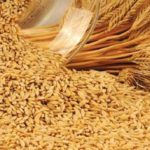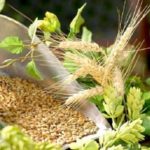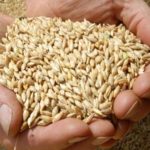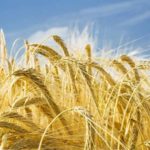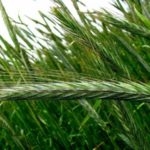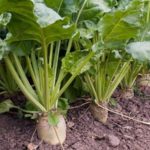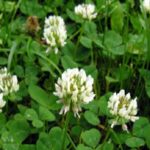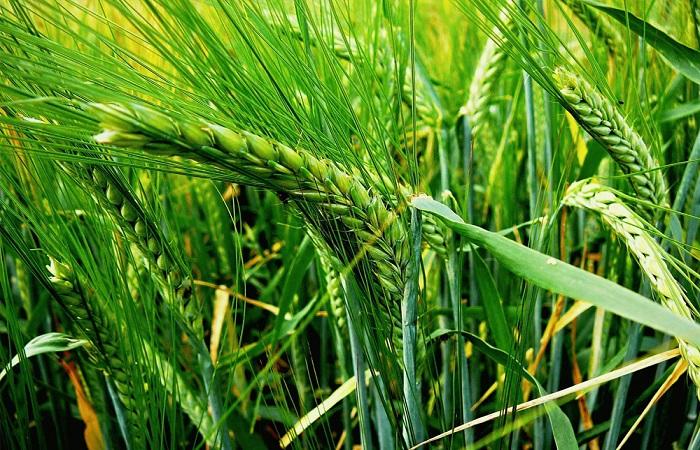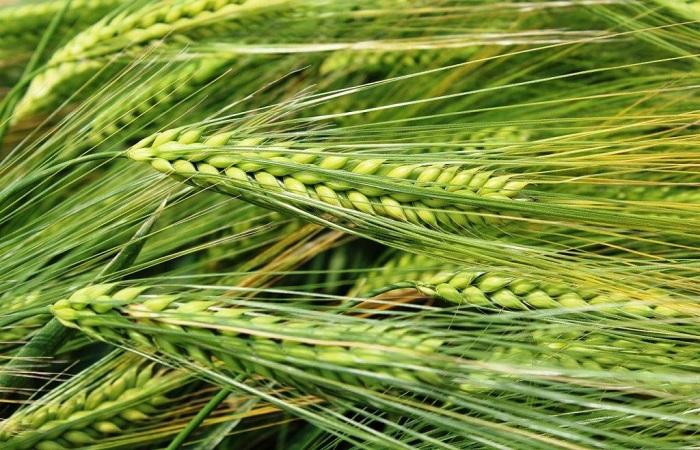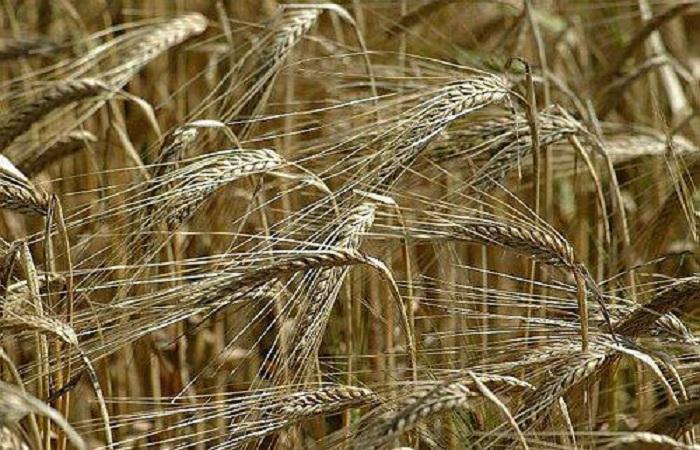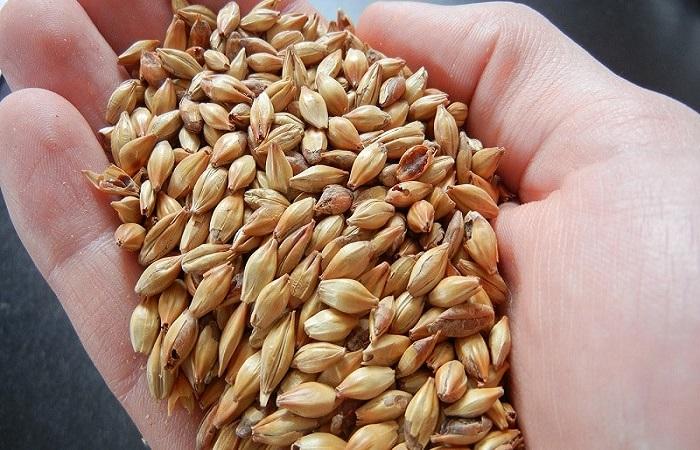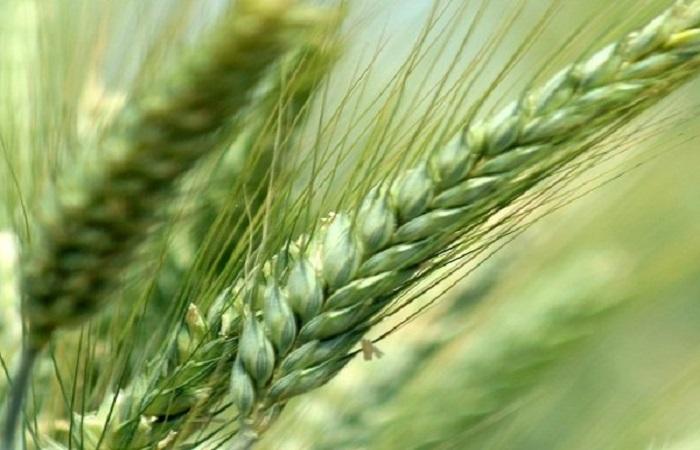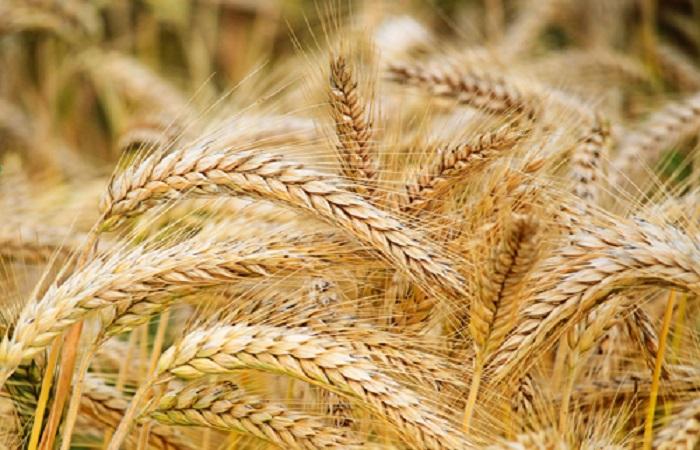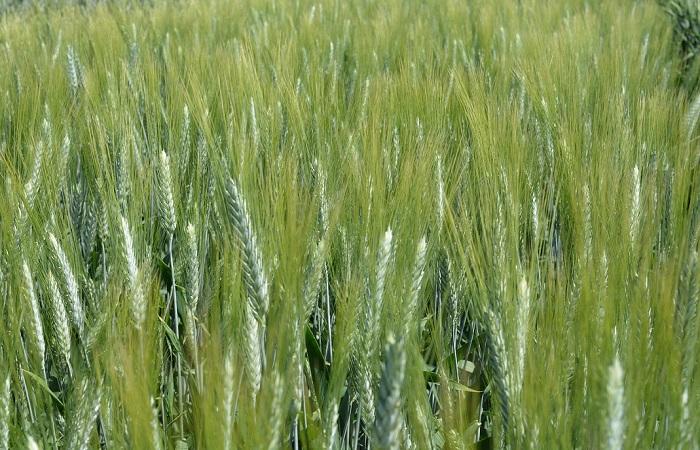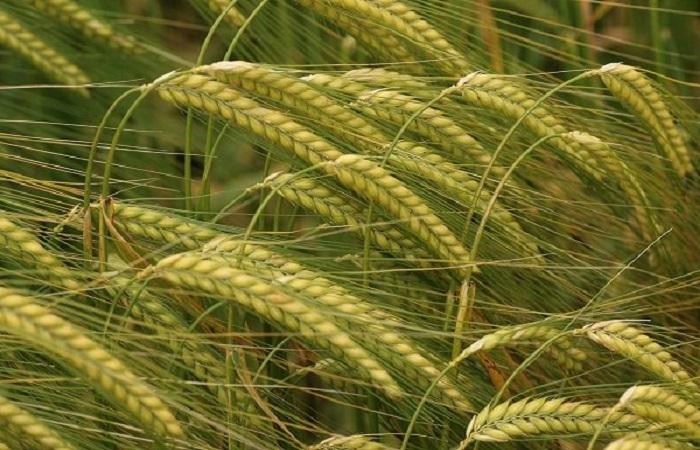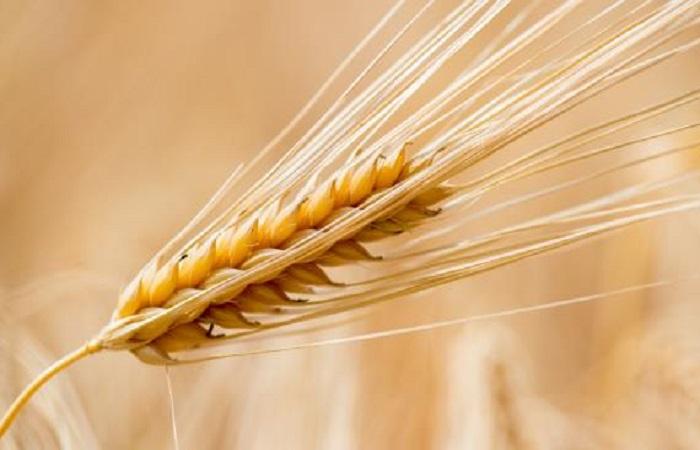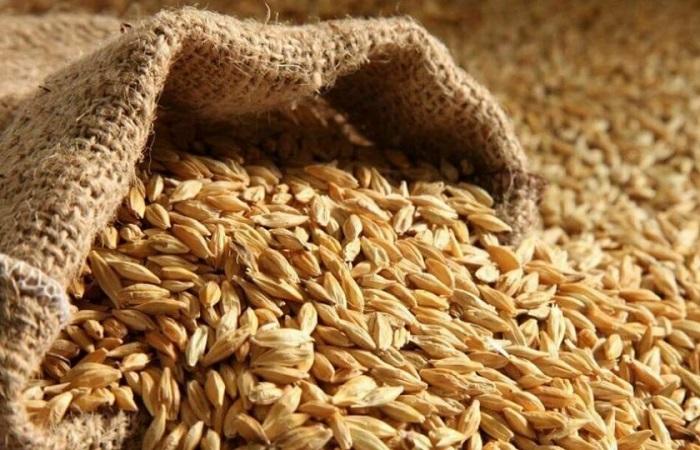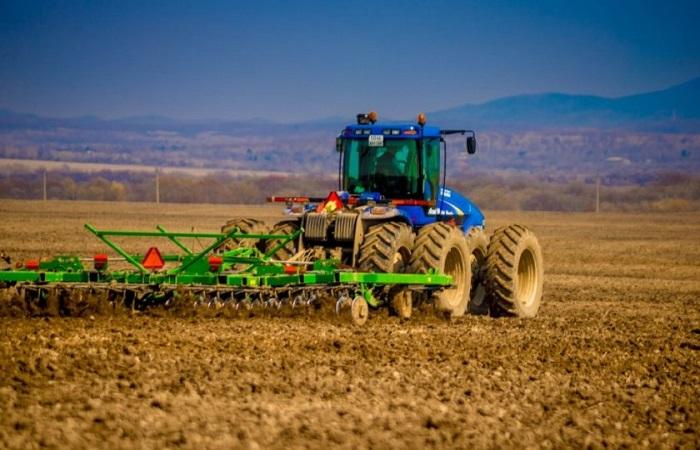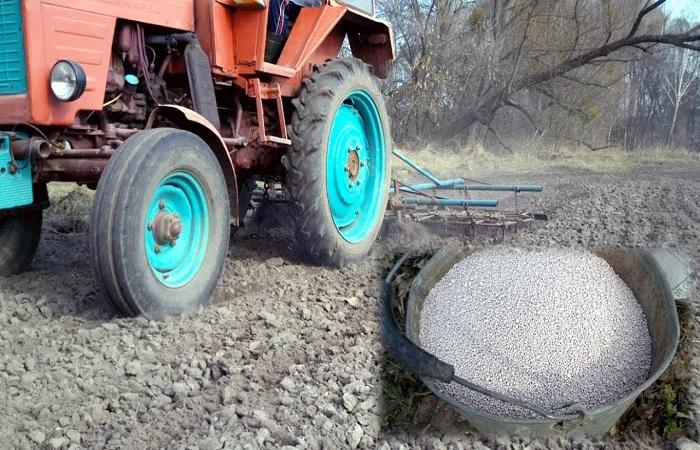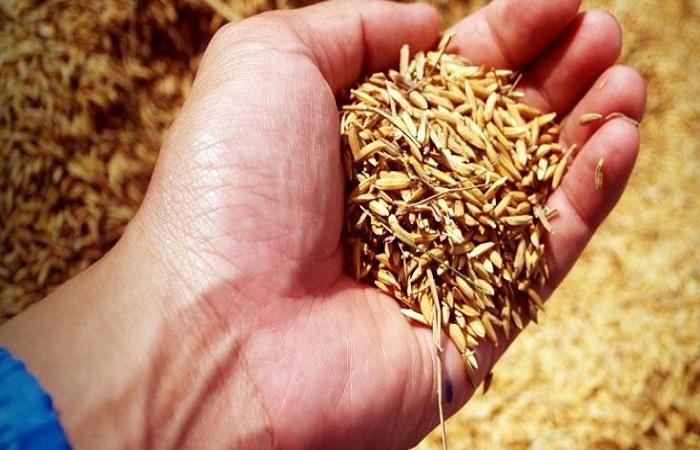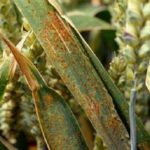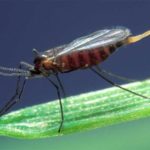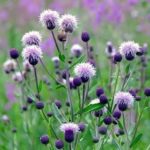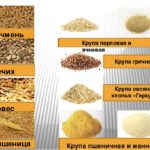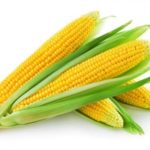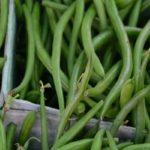Malting barley is a special type of crop that differs in its cultivation technology. By following certain recommendations, it is possible to obtain cereals with the desired properties. The main difference between malting barley and ordinary barley is the reduced level of protein components in its composition. To achieve the required parameters, it is important to follow a number of recommendations.
- What is the difference between regular barley and beer barley?
- Economic importance
- Classification
- Place in crop rotation
- The best varieties
- Gladis
- Scarlet
- Annabelle
- Donetsk 8
- Zazersky 85
- Consita
- Gonar
- Gastinets
- Quench
- Ataman
- Syabra
- Staly
- Inari
- Features of growing brewer's barley
- Soil preparation
- Landing dates
- Seed preparation
- Landing rules
- Further care
- Fertilizers
- Diseases and pests
- Harvest and storage
- Subtleties of brewing
What is the difference between regular barley and beer barley?
The key difference between malting barley and ordinary barley is the content of protein components. It should not be more than 12%. Malting barley is more expensive than feed barley.
Companies that produce beer have special requirements for raw materials. In addition, producers invest a lot of money in developing new varieties, since the quality characteristics of barley are important to them. Brewers usually buy grain of varieties known to them, which meet European quality standards. At the same time, they often refuse barley of Russian selection.
Brewing crops are characterized by special malt characteristics. To assess the suitability of a plant for making beer, you should pay attention to the following features:
- the color of the grains should be yellow and uniform;
- smell – reminiscent of the aroma of straw;
- purity - the composition cannot contain other impurities;
- shape - can be oval or elliptical;
- extractivity – high-quality grain has an indicator of 78-82%;
- humidity - optimal parameters are 10-15.5%;
- germination energy – shows the suitability of grain for producing malt;
- the amount of protein is not higher than 12%.
Economic importance
This plant is an important raw material used in the malt and brewing industries. Malt extracts are prepared from the grains of the plant, which are used in various industries - textile and pharmaceutical. The raw materials are also used for the production of confectionery and paints and varnishes.
Barley straw is used as feed and bedding for livestock. First, it is steamed and then fed to the animals.
Classification
Currently, there are quite a few varieties of crops, which are classified according to different characteristics. Depending on the agrotechnical characteristics, the following barley is distinguished:
- Winter - it needs to be planted in October or November. Specific dates are determined by region and climate.
- Spring - planting work is recommended to be carried out in March or April.
According to morphological parameters, barley differs in the type of ears. They can have the following types:
- Double-row - an ear with 2 rows, on average, brings 25-30 grains.
- Six-row - produces 30-60 grains. These varieties are most often used to make beer. Their grains have the same size and shape. At the same time, barley produces high-quality malt.
Place in crop rotation
Brewing varieties are considered less demanding of predecessors than winter wheat or winter barley. It is important that crops grown in this area do not leave compactions on the field and do not lead to nitrogen buildup. Also, you should not grow barley in one place for a long time.
Good cultural precursors include:
- sugar beet;
- sunflower;
- potato;
- broadleaf plants;
- crops of grasses that used the nitrogen contained in the soil.
Acceptable predecessors include the following:
- winter wheat, which was not fertilized with nitrogen;
- silage corn, under which large amounts of liquid nitrogen were not applied.
At the same time, there are a number of plants after which barley cannot be grown. Such crops include:
- clover;
- alfalfa;
- peas;
- Vika;
- legumes;
- wheat after using nitrogen fertilizers in the last stages of the growing season;
- grain corn.
The best varieties
Scientists spend about 10 years developing varieties of malting barley.This is 3-5 years more than it takes to create ordinary varieties. Today there are hundreds of varieties of the plant that are intended for making beer. But they can be grown in specific areas.
Gladis
This is a relatively new variety that was included in the State Register of Russia in 2010. The culture is considered one of the best for malt production. The duration of the growing season is 70-80 days. The plant is resistant to lodging, has low stem fragility, and is disease resistant. From 1 hectare it is possible to obtain 98.7 centners of grain.
Scarlet
This variety is recommended to be grown in the Central Black Earth Region. It is also permissible to plant it in the central regions of the Russian Federation. The plant has average disease resistance. The growing season takes 70-90 days. The culture is characterized by a loose, loose ear. It is possible to obtain 65 centners of grain per hectare.
Annabelle
This German variety has a two-row ear, which is characterized by medium density and length. The crop is characterized by large yellow grains. The growing season takes 90 days. The plant has strong immunity. Yield parameters reach 40-50 centners per hectare.
Donetsk 8
This Ukrainian variety is considered a spring variety. It is characterized by a two-row loose ear, which has a straw-yellow color. It is distinguished by large grains and has no tendency to lodging. The plant can withstand stress well and is resistant to drought. The duration of the growing season is 90 days. From 1 hectare it is possible to obtain 45 centners of harvest.
Zazersky 85
This variety was bred in Belarus. It is characterized by cylindrical ears of yellow color and medium density. The variety is not prone to lodging. The growing season takes 84-88 days.Yield parameters reach 37-64 centners per hectare.
Consita
The culture is regionalized in the center of Russia. It has cylindrical spikelets. They have a medium density. The grains are quite large. The growing season lasts 80-90 days. The variety has no tendency to lodging and is characterized by resistance to drought. It is characterized by resistance to loose smut or root rot. The yield parameters are 40-88 centners per 1 hectare.
Gonar
This variety was included in the State Register in 1994. It is recommended to grow it in central regions. The crop can also be planted in the North-Western and Volga-Vyatka regions. The plant is characterized by cylindrical spikelets with a loose structure. It has rounded yellow grains. The growing season takes 75-85 days. The variety has no tendency to lodging. Yield parameters reach 50-80 centners per hectare.
Gastinets
The culture was developed in Belarus. It is an early ripening variety, characterized by two-row spikelets. The plant has excellent brewing properties and resistance to lodging and leaf pathologies. The culture develops well in loam. The growing season lasts 80-85 days. Yield parameters reach 60-78 centners per hectare.
Quench
This spring variety was bred in France. It is considered one of the most popular and is characterized by high drought resistance parameters. The plant contains a minimal amount of protein. The growing season is 70-98 days. From 1 hectare it is possible to collect from 30 to 70 centners of grain.
Ataman
This spring crop was developed in Belarus. It is characterized by a two-row ear of medium density and cylindrical shape.The variety is characterized by average resistance to drought. At the same time, he may suffer from dusty smut. The growing season takes 80-85 days. From 1 hectare it is possible to obtain from 30 to 75 centners of grain.
Syabra
This mid-late variety is characterized by good yield parameters and resistance to lodging. The amount of protein components is determined by the growing conditions. The variety is characterized by two-row ears 7-8 centimeters long. The culture does not develop well in sandy and infertile soil. The growing season is 75-80 days. Yield parameters reach 60-80 centners per hectare.
Staly
The culture of Belarusian selection has two-row cylindrical spikelets of yellow color and medium density. The plant is not prone to lodging and can be used in brewing. The growing season takes 80-90 days. From 1 hectare it is possible to obtain 60-87 centners.
Inari
This mid-season barley is considered one of the best varieties used in brewing. It is recommended to grow it in the North-West region. The culture entered the State Register in 1996. The growing season takes 85-95 days. It is possible to obtain 30-52 centners of grain per hectare.
Features of growing brewer's barley
To get a high-quality harvest that can be used for beer production, it is important to follow a number of agrotechnical recommendations.
Soil preparation
When growing barley, it is recommended to give preference to large fields that have a flat topography and the same soil composition throughout the entire territory. The brewing crop is usually planted on areas of 100 hectares.
The crop grows best on sod-carbonate and sod-podzolic sandy loam and loamy soils.However, light or marshy soils are not suitable. Also, do not plant barley in drained peatlands, which contain a lot of nitrogen.
When choosing soil, you should focus on the following indicators:
- acidity – above 5.6;
- potassium and phosphorus content - more than 150 milligrams in 1 kilogram of soil;
- humus content is more than 1.8%.
It is important to properly treat the soil for planting malting barley. This is influenced by soil properties, climatic conditions, the number of weeds, previous plants and other factors.
The preparatory stage includes the following:
- Stubble peeling – processing is recommended to be carried out at a depth of 6-8 centimeters.
- Deep autumn plowing - you need to till the soil to a depth of 30 centimeters. It is worth adding manure and mineral fertilizers during plowing.
- Pre-sowing treatment - includes 2 measures to retain snow, harrowing the field, and cultivation.
Landing dates
Barley needs to be planted quite early. If you are late by at least a week, the yield will drop by 10-40%. Early planting makes it possible to achieve the appearance of strong sprouts and large grains with a minimum of films.
Seed preparation
For planting work, it is important to select large and even seeds. They definitely need to be etched. Thanks to this procedure, it is possible to protect planting material from pathologies and fungi. Seeds should be treated 1-2 weeks before sowing. For this, it is permissible to use “Dividend”, “Vincite”.
Landing rules
When planting barley, it is worth considering the following features:
- Seeding rate. On average, it is recommended to use 5-6 million seeds per 1 hectare.
- Planting depth. It is selected taking into account the structure of the soil. In dry weather, the seeds are buried 5-8 centimeters. The planting depth in moist soil is 3-4 centimeters.
- Landing method. Barley, which is used for brewing, can be planted in a narrow-row or row method. In the first case, the interval between the rows is 7.5 centimeters, in the second - 15.
Further care
To get a rich harvest from a plant, it is worth providing it with proper care. It should include the following activities:
- Rolling - performed immediately after planting or simultaneously with it. Thanks to this procedure, it is possible to improve the contact of the seed material and the soil. This technique improves the density of seedlings and makes them denser. It is especially important to roll the soil in drought.
- Harrowing is carried out after rolling. This helps prevent crusting and controls stringy weeds. Harrowing is carried out 3-5 days after planting.
- The application of pesticides and herbicides is carried out along the tramline.
Fertilizers
When growing barley, it is important to apply fertilizers correctly:
- The plant requires a reduced amount of nitrogen. 60-70 kilograms of the substance are applied per 1 hectare.
- It is prohibited to apply nitrogen preparations in parts. This will trigger an increase in protein levels in the grains. It is best to use urea in granules. It is added at the stage of preparation for planting.
- In autumn, phosphorus and potassium should be added. The amount of phosphorus per 1 hectare is 60-90 kilograms, potassium – 120-160.
Diseases and pests
Barley is a strong crop with excellent immunity. But if agrotechnical recommendations are violated, the plant suffers from diseases and pests. The main pathologies of barley include the following:
- dusty smut;
- stem rust;
- brown rust;
- powdery mildew.
Fungicides help cope with pathologies. Among pests, barley suffers from the barn weevil. It affects grain stocks. Gases and insecticides are used to control parasites.
Harvest and storage
Barley must be harvested for beer production at full maturity. To do this you need to do the following:
- Before starting harvesting, mow the field around the perimeter, capturing a strip of 2-3 meters in size.
- Harvest in areas with fallen spikelets.
- Thresh the barley.
The harvested crop must be cleaned and dried. Then sort the grains and put them in storage. The temperature in the warehouse should be no more than +21 degrees.
Subtleties of brewing
To prepare grain for beer making, do the following:
- sort and sort – high-quality beer wort is obtained exclusively from selected materials;
- soak in water - its temperature should be +13-17 degrees;
- germinate grains - this produces glucose and fructose;
- Dry the grain – this affects the color and taste of the malt.
Malting barley is a special crop. To get a rich harvest of the desired quality, it is important to choose the right variety and follow agrotechnical recommendations. Only in this case will it be possible to obtain high quality malt.

